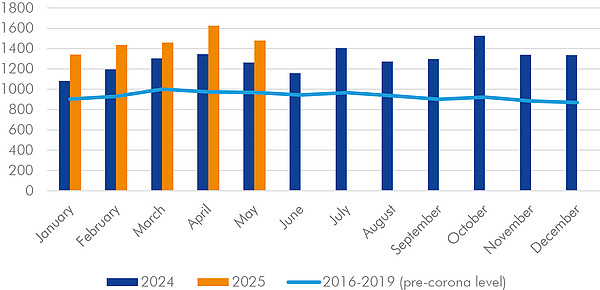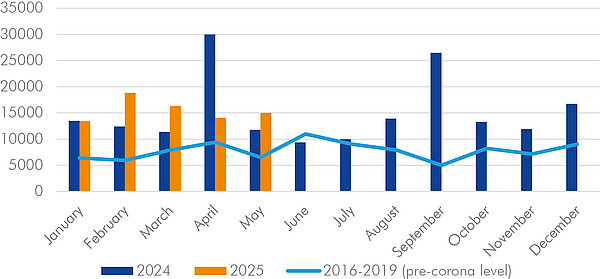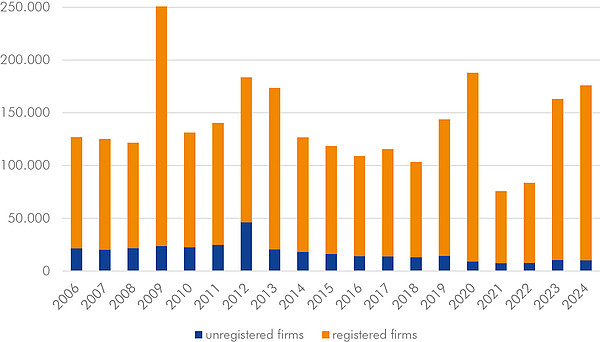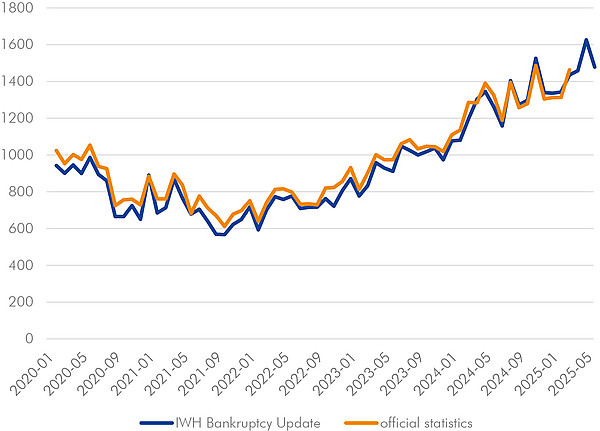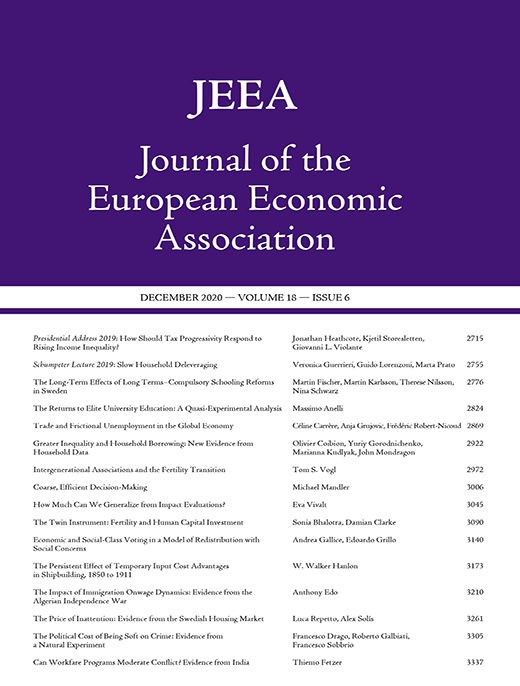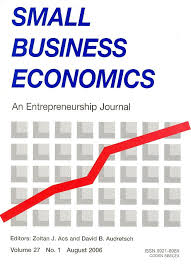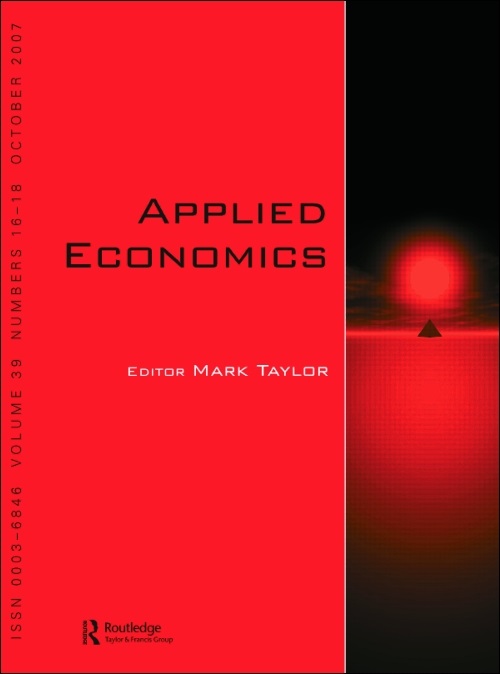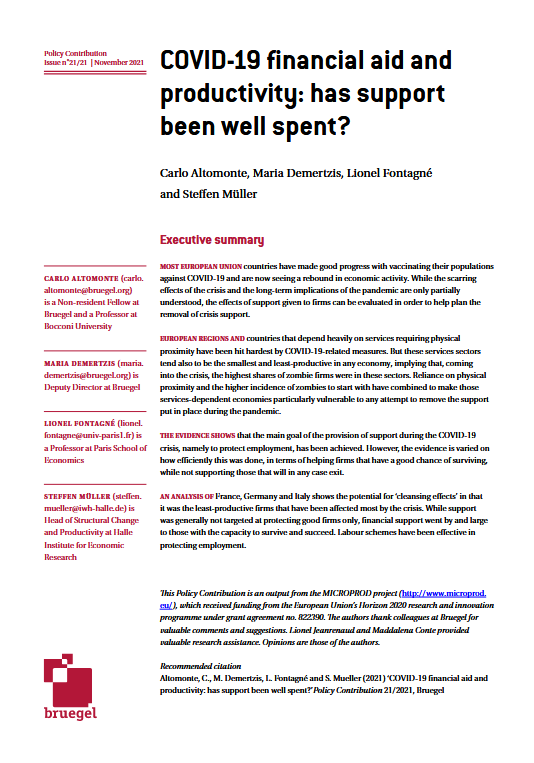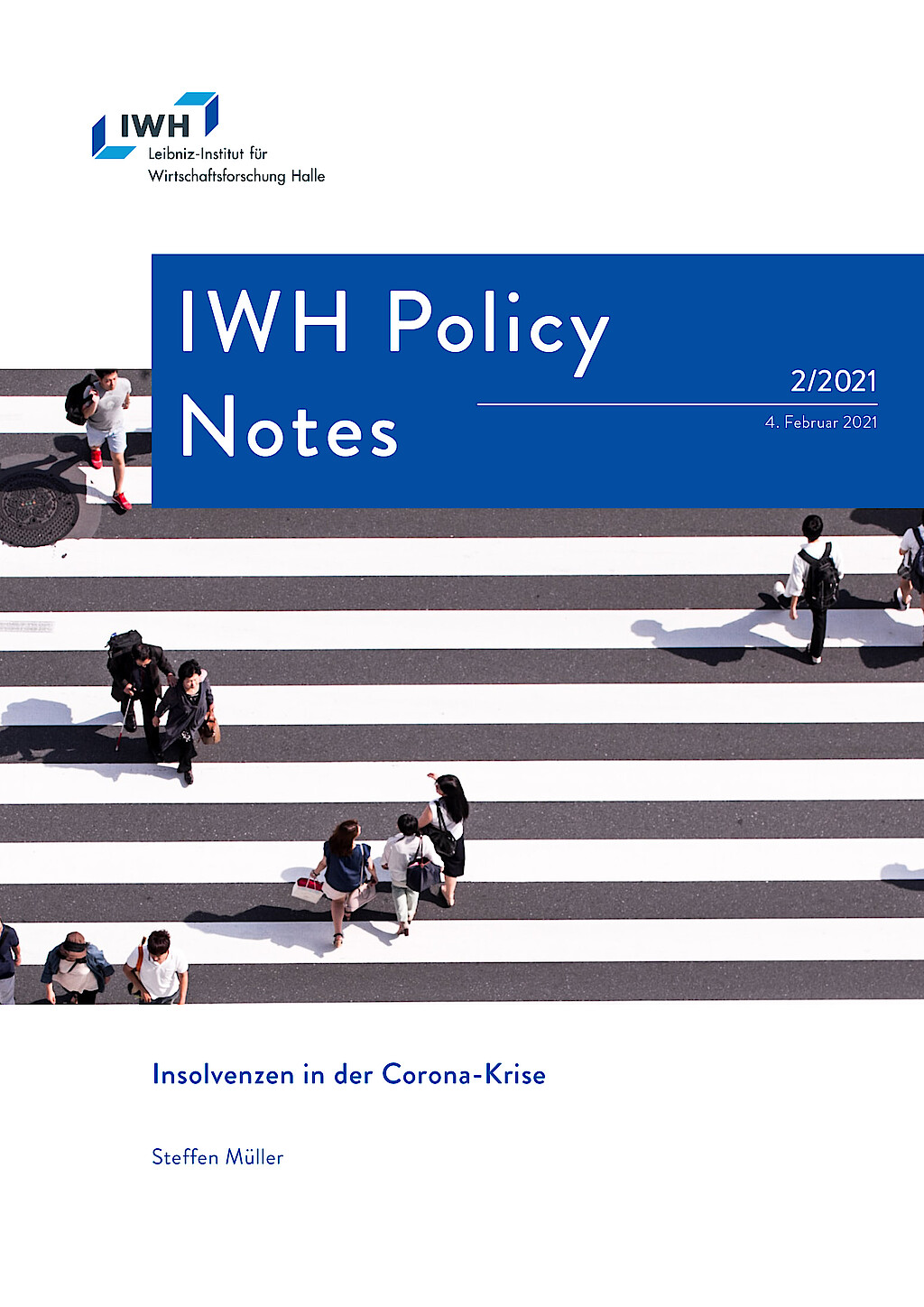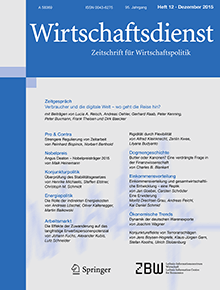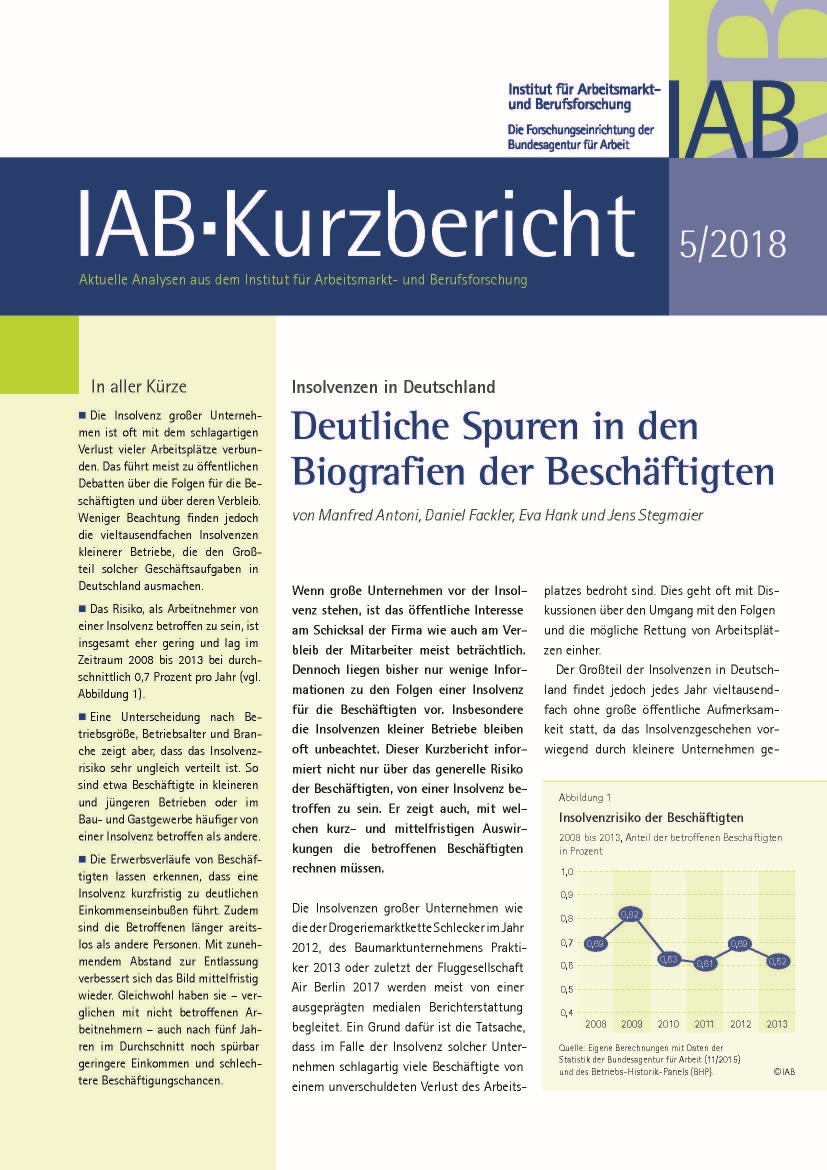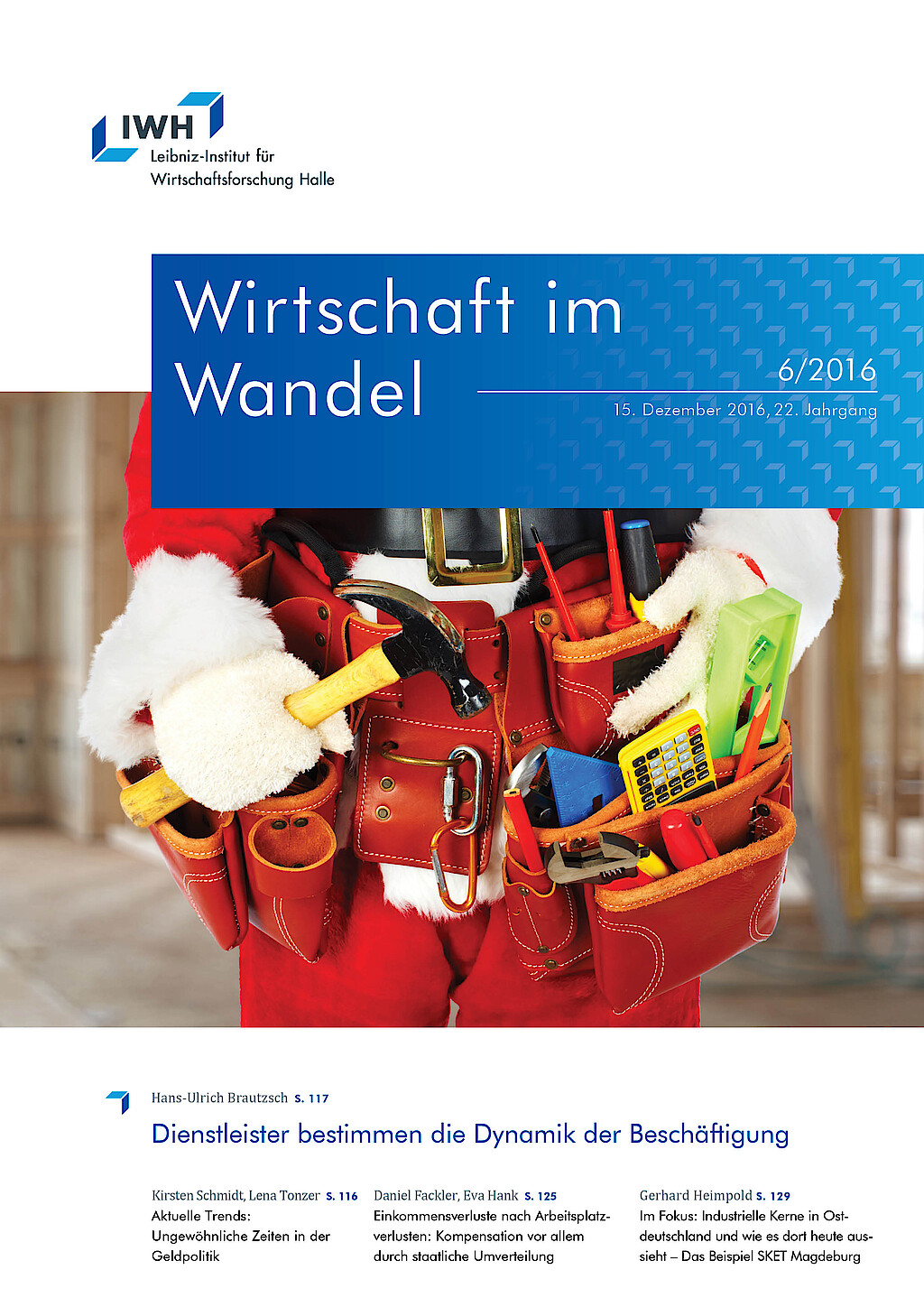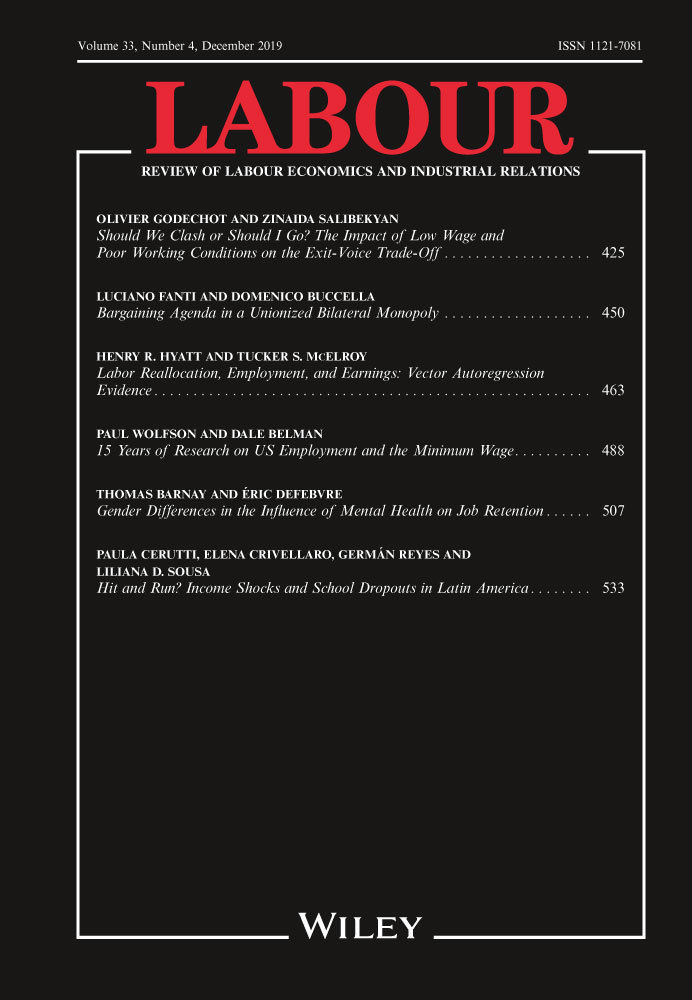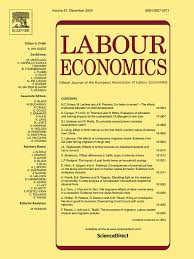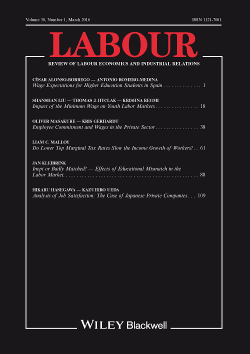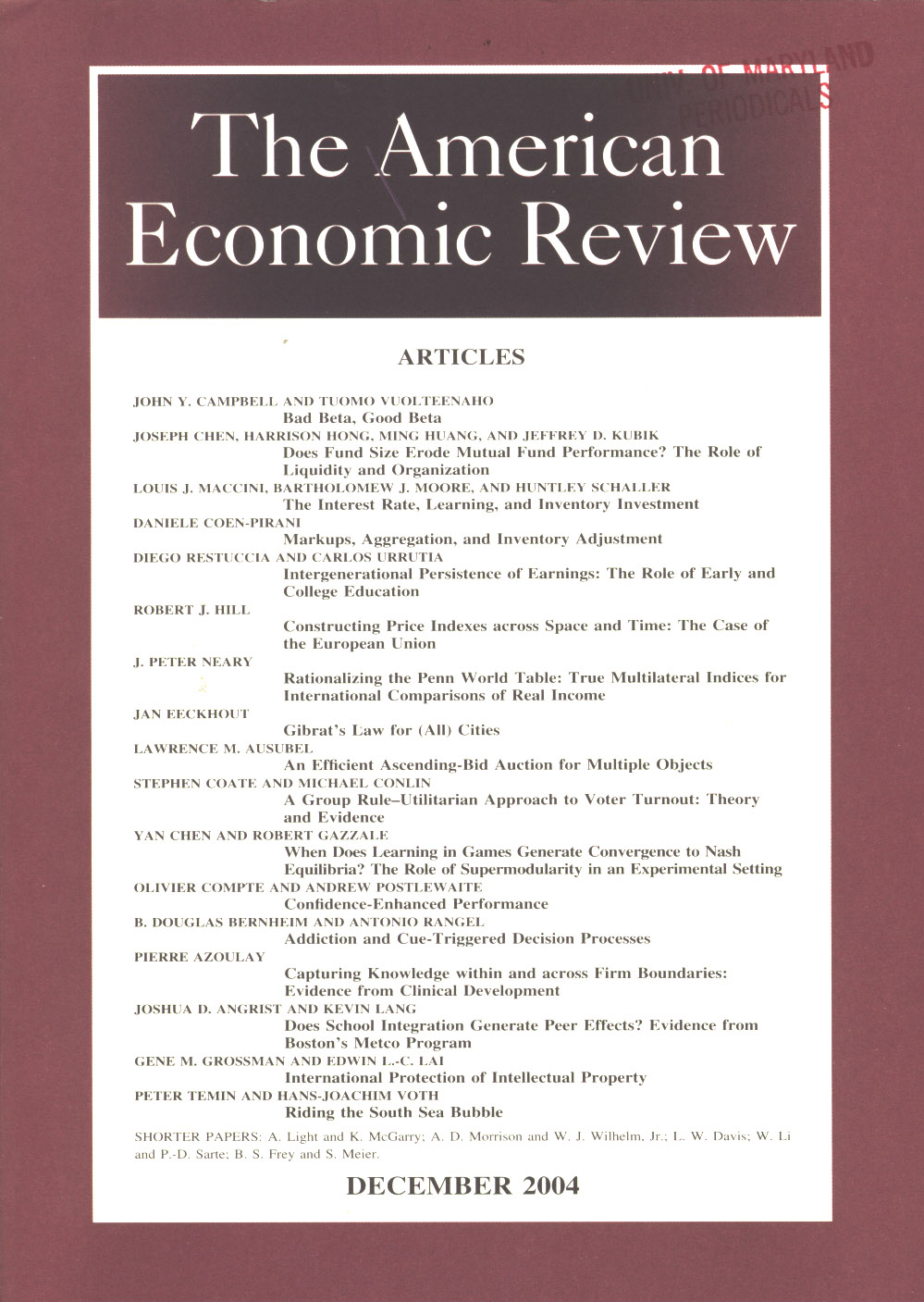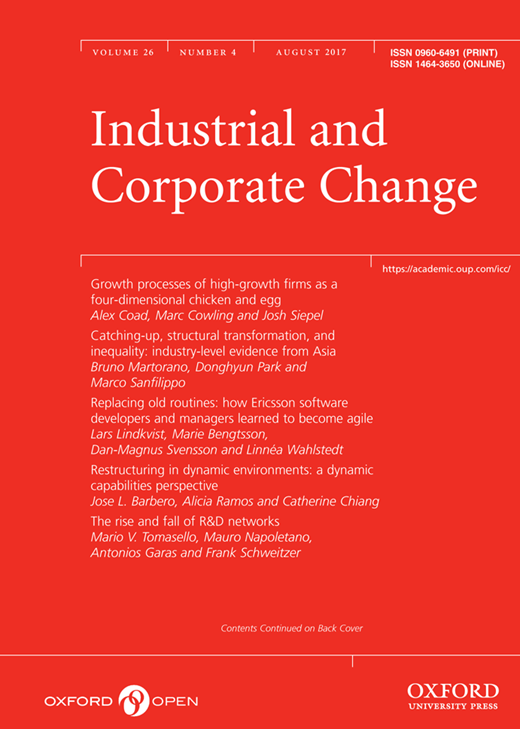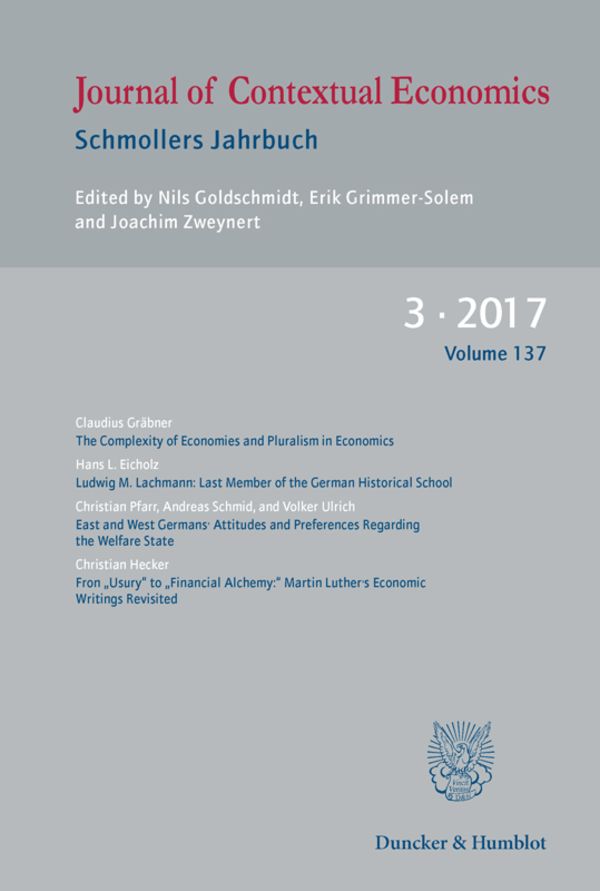For some of our analyses , e.g. employment figures, we link the bankruptcy announcements of the courts with firm-level data provided by Bureau van Dijk (BvD), the latter comprising balance sheet and employment information. The BvD data is highly reliable for large firms whereas many small firms are not included. For this reason, our analyses using BvD data focus on large companies, only. Here we take account of the fact that consolidated balance sheets of parent companies may include subsidiaries that are not bankrupt. Employment reductions mostly occur within the last year before bankruptcy. Our balance sheet and employment information do not refer directly to the time of the bankruptcy announcement but mostly to previous years and thereby provide a more realistic picture of the economic effects of bankruptcies. To work with most up to date data, IWH merges its bankruptcy data with the most recent wave of BvD every six months. Typically, this leads to only minor changes in the reported employment numbers.

